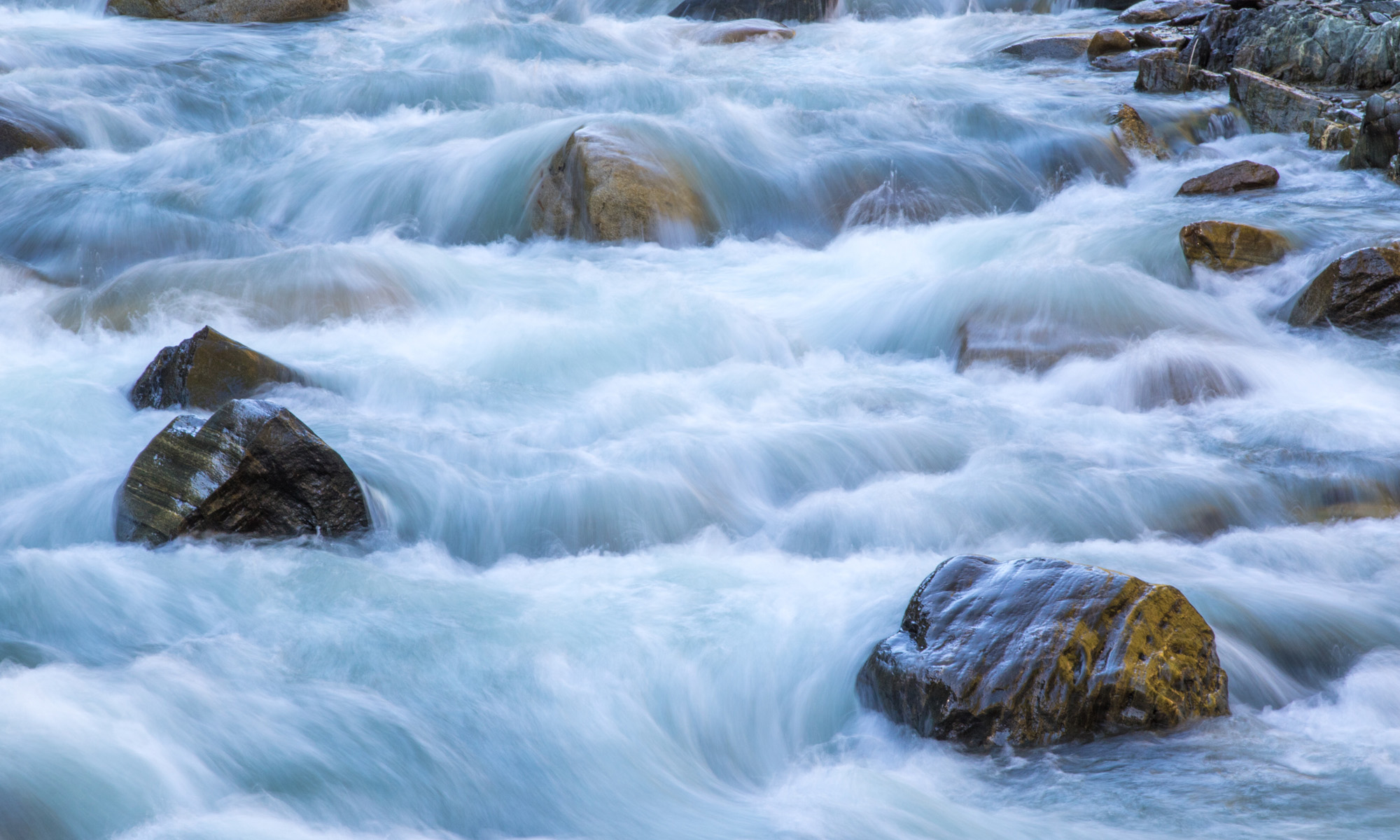Today’s Question: On your recent advice I’m working on scanning my old film photos. Some of these are prints for which I do not have the original negatives. I have a flatbed scanner I can use for these, but what resolution do you recommend using for best quality?
Tim’s Quick Answer: While the results will vary depending on your scanner, in general there’s no need to scan prints at more than about 600 to 1200 pixels per inch, since the print itself does not contain enough information to require a higher resolution.
More Detail: In most cases scanning photo prints at 300 pixels per inch (ppi) will provide excellent results, because that’s about as much detail as the print actually contains. This is the reason it is always better to scan from the original negative (or slide), which will contain considerably more information.
There will be some variation in quality and detail depending on how the print was created and the quality of the original film negative, for example. But scanning at 300 ppi will ensure that you’re able to print copies from the digital file at the same size as the original print with excellent results.
However, I have also found there is some variation in quality depending on the scanner you’re using, so it is worth testing to get a better sense of the results. For example, I’ve tested some scanners that appear to process the image as a JPEG (resulting in JPEG compression artifacts) when you scan at resolutions as high as 600 ppi, even when saving as a TIFF image. Those scanners therefore yielded better image quality at 1200 ppi because at that resolution there was no JPEG compression involved. This frankly shouldn’t be an issue, but it does impact image quality so it is worth testing.
For example, you can scan a sample image at 300 ppi, 600 ppi, and 1200 ppi, and compare the results. I recommend scaling all the images up to the same resolution as the highest resolution you scanned and comparing the same area of the photo for each image. In most cases you won’t see any significant difference in detail or quality, but you can choose your scan resolution based on this test.
As long as the image data is not being processed in a way that degrades image quality, such as with JPEG compression, there is no advantage to scanning at a higher resolution than is necessary to extract the detail in the print. Scanning at a higher resolution than necessary will tend to amplify details in the surface of the print, such as the paper texture, without actually benefiting the image quality of the scanned image.

